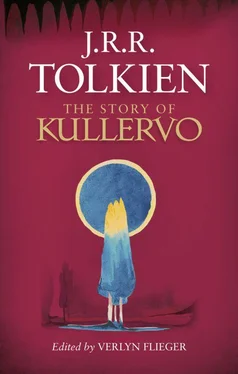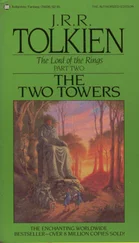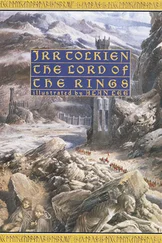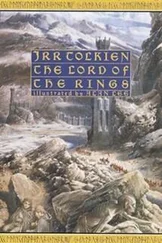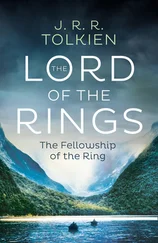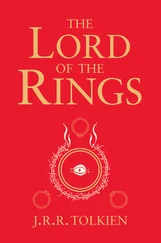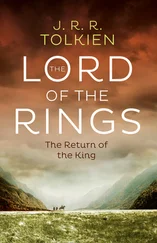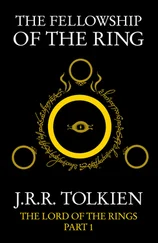But the delight of Earth, the wonder of it; the essential feeling as of the necessity for magic; that juggling with the golden moon and silver sun (such are they) that is man’s universal pastime: these are the things to seek in the Kalevala. All the world to wheel about in, the Great Bear to play with and Orion and the Seven Stars all dangling magically in the branches of a silver birch enchanted by Väinämöinen; the splendid sorcerous scandalous villains of old to tell of when you have bathed in the ‘Sauna’ after binding the kine at close of day into pastures of little Suomi in the Marshes.
[ The formal text apparently ends here, but the following page is clearly sequential and contains an introduction and notes for passages to be read aloud. ]
VII
Quotation
The translation I am going to use is that of the ‘Everyman’ series (2 vols) W.H. Kirby: who sometimes seems to plump unnecessarily for the prosy and verbally preposterous, though the great difficulty of course, of the original style is hard to exaggerate. As far as I can see he seems to have tried as nearly as possible the task of making each line correspond to each line of the original which hasn’t improved things: but occasionally he is very good indeed.
If anyone does not know the story (and there is time) I can scarcely do better than read the bald summary in the preface to this edition.
Passages:
The favourites among the Finns are the episodes of ‘Aino’ and ‘Kullervo’
1) Aino R. III 530 ( circa ) to end: R. IV (140–190) 190–470
2) Kullervo R. 31:. 1–200 34 1–80 35 (170) 190–290 36 (60–180) 280–end
3) The ‘Kine-Song’ (cp. above page) 32 60–160 210–310
(This includes the classic example of ‘wheedling’: the bear of course is the most hated of all animals to the farmer’s wife: this is how she addresses him. 32 310–370;. 390–430;. 450–470)
4) Origin of Iron IX 20–260
5) Origin of Beer XX 140–250:. 340–390
6) Forging of Sampo X 260–430
7) Great Ox XX 1–80
8) Joukahainen III 270–490
9) Tormenting of the Bride XXII 20–120; (130–190) (290–400)
67 not originally written for this society. See Introduction to the Essays. Tolkien first delivered this talk to the Sundial Society of Corpus Christi College, Oxford, on 22 November 1914. He gave it again to the Essay Club of Exeter College in February of 1915.
the sudden collapse of the intended reader. I have been unable to find any further information on the identity of the reader or the nature of the collapse.
litterature. Tolkien uses this spelling throughout, chiefly in abbreviations, as ‘litt’.
68 the original which is vastly different to any translation. While at Exeter College, Tolkien checked out C.N.E. Eliot’s A Finnish Grammar from the library in order to try to read Kalevala in its original language. He was already, it would seem, working on the theory expressed in Manuscript A of ‘On Fairy-stories’ that ‘Mythology is language and language is mythology’ ( Tolkien On Fairy-stories , p. 181).
Stead’s Books for the Bairns . A series of books for young people published by W.T. Stead, an English journalist, philanthropist and politician. Books for the Bairns repackaged classics, fairy tales, fables, nursery rhymes, Great Events in British History, and the Gospels, giving them all a moral and Christian perspective aimed at reforming the world. Books for the Bairns , First Series 1806–1920, were well-known to young people of Tolkien’s generation.
Indo-European languages. The Indo-European language theory, derived from nineteenth-century comparative philology and mythology, reconstructed by phonological correspondences and principles of sound-change a hypothetical pre-historic language called Proto-Indo-European from which the modern Indo-European language families have descended. Finnish, related to Hungarian and (distantly) to Turkish is not Indo-European but Finno-Ugric.
the above beloved pink covers. While there are no pink covers mentioned ‘above’, Tolkien’s later typewritten essay notes that Stead’s Books for the Bairns had pink covers.
Thorfinn in Vinland the good. Thorfinn Karlsefni was an eleventh-century Icelander who tried to establish a colony in ‘Vinland’, previously so named by Leif Eríksson and thought to be somewhere on the north-east coast of North America. His expedition is mentioned in two fourteenth-century Icelandic manuscripts, the Hauksbók (Book of Haukr), and the Flateyjarbók (Flat-island Book).
69 when I first read the Kalevala. According to both Humphrey Carpenter and John Garth, Tolkien first read Kirby’s translation some time in 1911, his last year at King Edward’s School. He went up to Oxford in the autumn of that year, and checked out Charles Eliot’s Finnish Grammar from the Exeter College Library.
the clumsiness of a translation. Not only did Tolkien dislike Kirby’s translation, his stated principle that ‘Mythology is language and language is mythology’ (see entry for ‘original translation’ above) would invalidate any translation of a work as faithfully representing the original.
H. Mods. Classical Honour Moderations, a first round of examinations at Oxford University, in which the student can get a First (highly desirable), a Second (good but not great), and a Third (a weak pass). Tolkien got a Second.
70 Troilus to need a Pandarus. Tolkien could be thinking of the story as told in Chaucer’s poem Troilus and Criseyde or in Shakespeare’s play Troilus and Cressida . In both works, Cressida’s uncle, Pandarus, acts as go-between for the lovers.
71 queer troglodyte story. The primary meaning of troglodyte is ‘cave-dweller’ (from Greek trogle , ‘hole’, with the extended sense ‘hermit’). Tolkien presumably meant a story which has been isolated from the rest of society. Also see the usage by Andrew Lang in the entry below for Andaman Isles.
72 Andaman Isles. The Andaman Isles, a territory of India, are situated in the Indian Ocean halfway between the Indian subcontinent and Southeast Asia. In Custom and Myth , Andrew Lang twice refers to Andaman Islanders, first querying: ‘If a tertiary troglodyte was like a modern Andaman Islander… would he stand and meditate in awe on the fact that a tree was taller than he…?’ (p. 233); and next suggesting that, ‘If the history of religion and of mythology is to be unravelled, we must examine what the unprogressive classes in Europe have in common with Australians and Bushmen and Andaman Islanders’ (p. 241). Worth noting is Tolkien’s much later suggestion in both the A and B drafts of ‘ Beowulf : The Monsters and the Critics’ (conjecturally dated by Michael Drout to c. 1933–35) that contemporary critics might substitute ‘Andaman-islanders… for Anglo-Saxons’ ( Beowulf and the Critics , pp.33, 81).
Hausa Folktales. The Hausa are a Sahelian people occupying a territory ranging over Northeastern Nigeria and Southeastern Niger. In The British Folklorists: A History , Richard Dorson notes that ‘Within a five-year period, 1908–1913, four folklore and language collections were published on the Hausa’ (p. 368). Dorson cites Major Arthur John Newman Tremearne’s Hausa Folktales , published in 1914. An article entitled ‘Hausa Folktales’ by ‘F.W.H.M.’ was published in the journal African Affairs , Oxford University Press, 1914; XIII 457. Appearing at the time when Tolkien was writing, these sources would have been available to him. The skeptical view of comparative mythology here expressed foreshadows Tolkien’s later and equally dismissive opinion of the comparative approach in his essay ‘On Fairy-stories’.
Читать дальше
